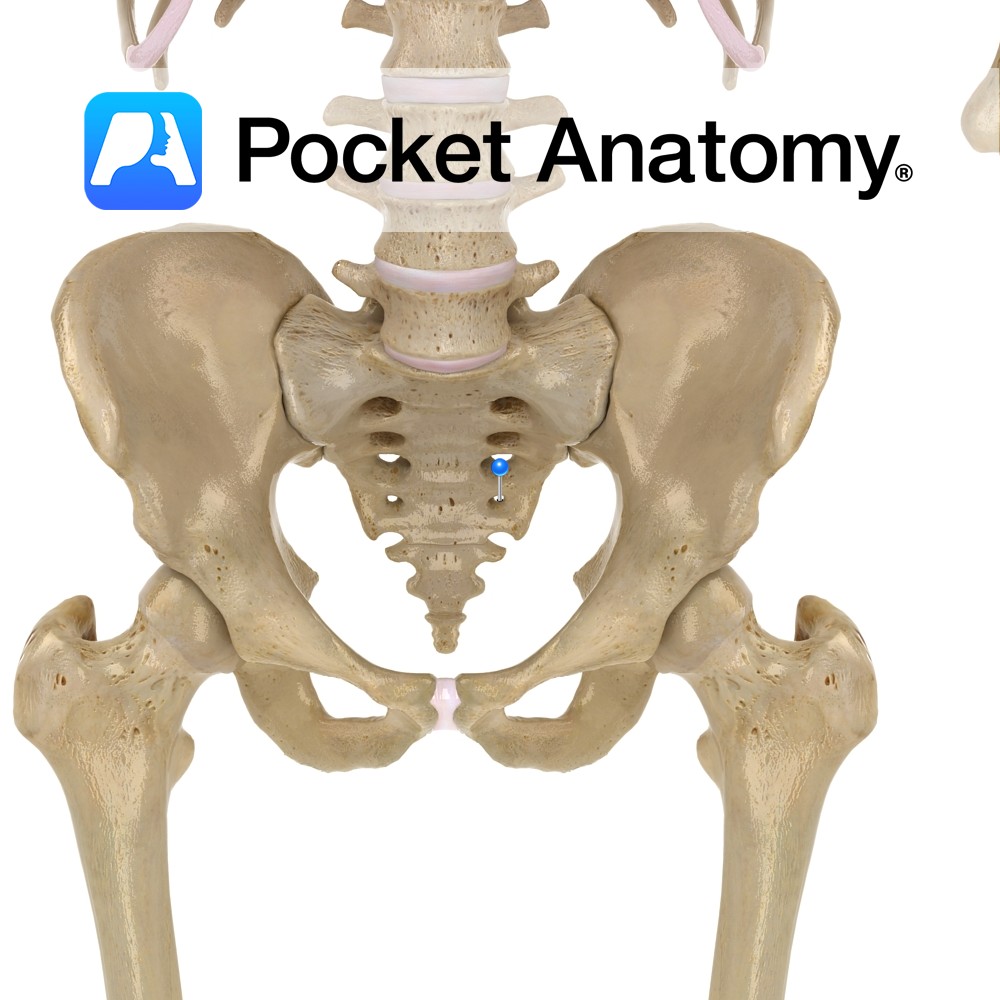Anatomy
Origin:
Body of the pubis, inferior to the pubic crest.
Insertion:
Middle third of the linea aspera of the femur.
Key Relations:
-One of the six muscles of the medial compartment of the thigh.
-Anterior to adductor longus is the spermatic cord in males, the great saphenous vein, and near its insertion the femoral vessels.
-Posterior to the muscle are adductor brevis, adductor magnus and the anterior branch of the obturator nerve.
-Laterally lies the pectineus muscle, medially lies gracillis.
-The adductor longus forms the medial border and floor of the femoral triangle and the posterior border of the adductor canal.
Functions
-Adducts and medially rotates the thigh at the hip joint.
-Also assists in flexion of the extended thigh at the hip joint e.g. kicking a ball..
Supply
Nerve Supply:
Anterior division of the obturator nerve (L2, L3, L4).
Blood Supply:
–Obturator artery
-Medial circumflex femoral artery.
Clinical
There are a large number of muscles located in the pelvis. Athletes can suffer from abnormal movements of the pubic symphisis and the sacroiliac joints due to muscle imbalances. This leads to pain in the pelvic region and is thought to be the cause of athletic pubalgia. In many cases the pain is associated with the insertion of the adductor longus tendon and the rectus abdominis tendon or weakening of these muscles. The majority of patients have pain on forced adduction of the thigh against resistance. This condition is often referred to as a ‘sports hernia’ however this term is somewhat misleading as there is commonly no palpable hernia as there is in an inguinal hernia.
The adductor muscles of the thigh are tested as a functional group. The patient is requested to lie with their knees extended on the opposite side of that to be tested. The physician will abduct the leg on the side being tested, and then ask the patient to adduct the leg against resistance.
Interested in taking our award-winning Pocket Anatomy app for a test drive?



.jpg)

